The Pecan tree is renowned for its nuts, but is it good enough for firewood?
Also, can it yield high-quality coals like well-known firewood trees like oak?
Stay with us as we delve deeper into the specifics of pecan firewood.
What exactly is Pecan Firewood?
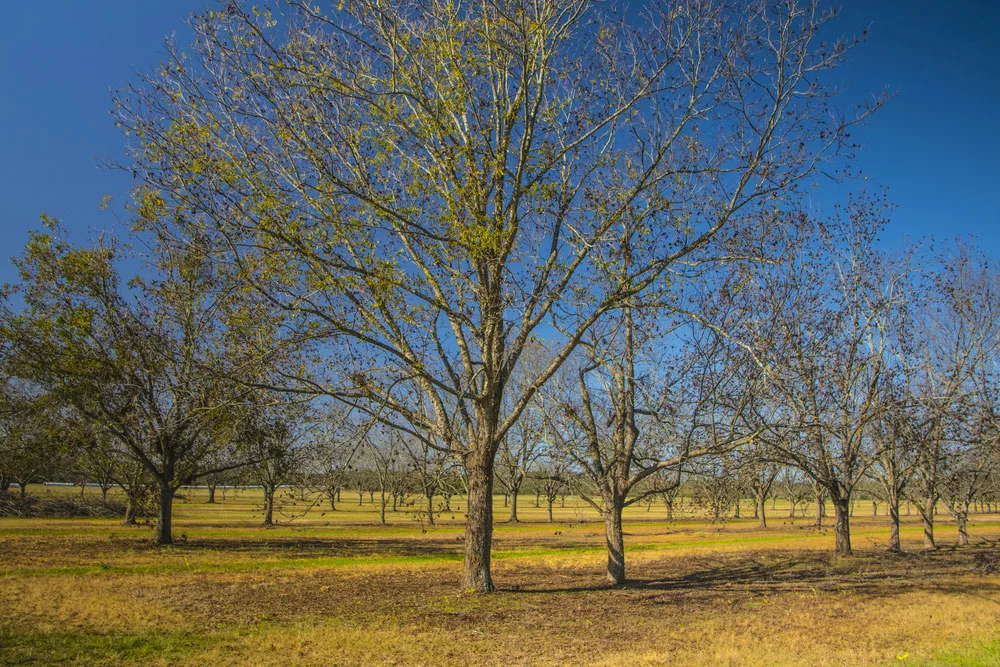
Rows of Pecan Trees.
Pecan wood is native to North America, although some varieties originate in the southern states.
In addition, pecan trees have thick bark and are widely renowned for their good wood quality.
Also, Pecans and Hickories have much in common in the same tree family.
Therefore, you’d expect similar burning qualities, density, and smell.
In addition, the tree comes in more than 500 varieties, and its scent is one of its distinctive qualities.
Burning Characteristics of Pecan Firewood
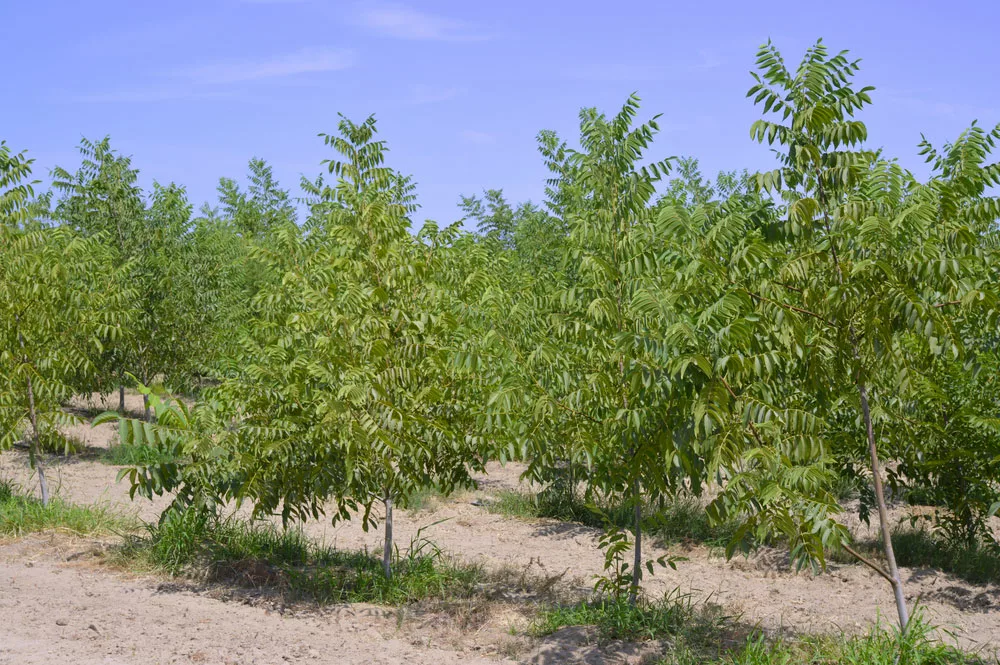
Pecan nut tree on a farm.
You should include pecan firewood in your winter stockpile for the following reasons.
Seasoning Time
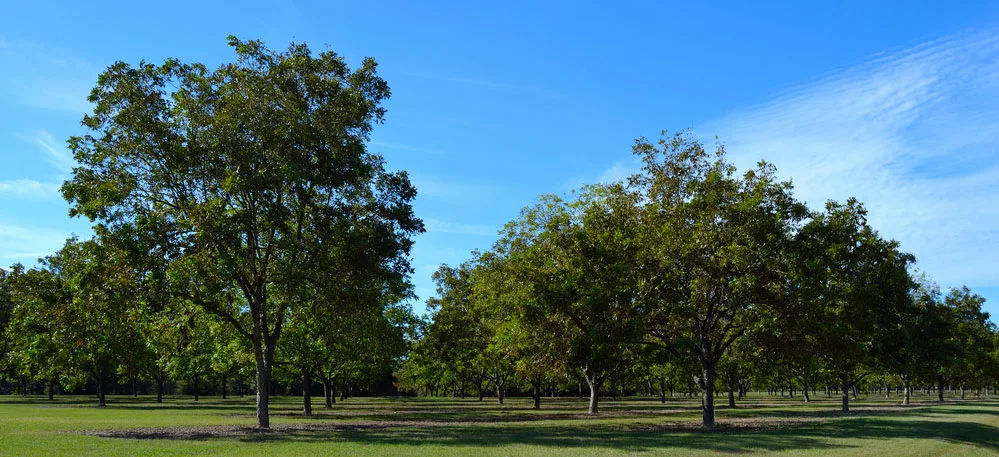
Young Pecan Orchard.
Generally, hardwood species often require more time to dry than softwoods.
Hence, It will take pecan firewood between 12 and 18 months to season fully.
You must allow the wood to season fully to at least a moisture level below 20%.
Otherwise, its scent while burning would be too intense that you won’t probably like it.
Splitting
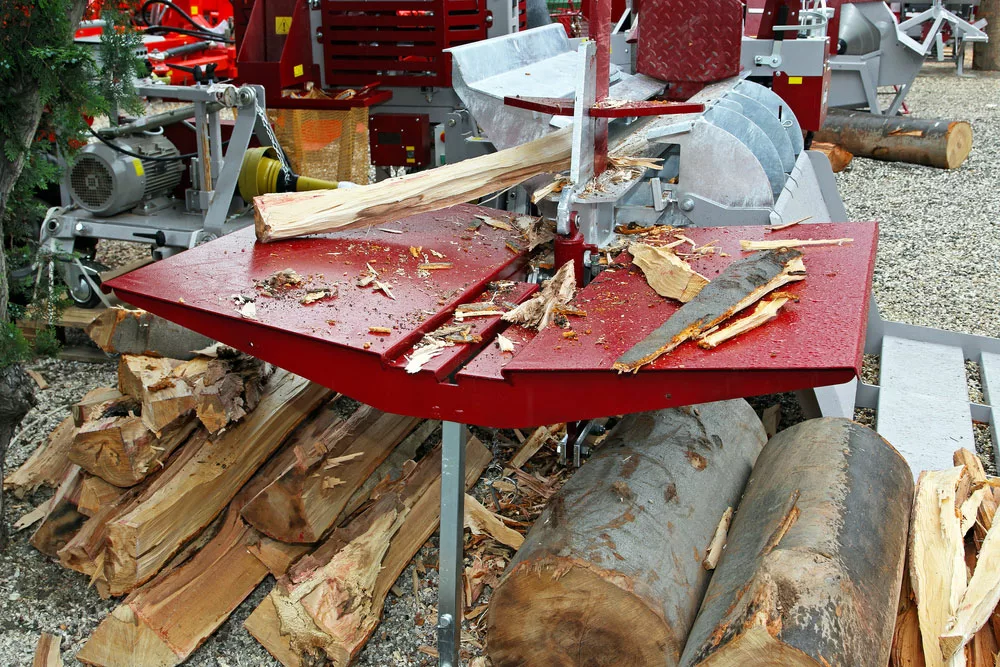
Firewood and log splitter hydraulic machine.
It is not too challenging to split Pecan firewood despite being hardwood.
But, it is hard to break than softwoods like cedar firewood.
For the best results, you should split the wood while it’s fresh since it is simpler to handle.
Also, opt for a mechanical splitter over an axe, making breaking the wood simpler and more convenient.
Heat Production

Pecan Firewood has a high heat output.
A Pecan firewood cord will yield heat at 28 million BTUs. It is close to the heat output of Hickory.
Thus, the high BTU makes Pecan firewood ideal for use in the year’s coldest months.
Creosote Buildup
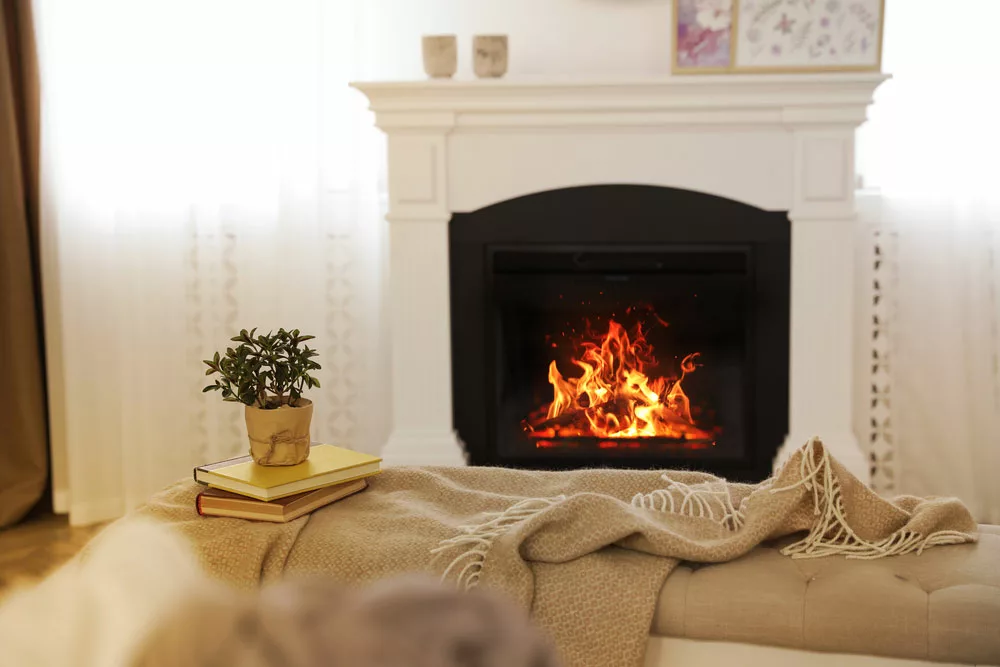
Pecan Firewood yields low creosote.
Creosote accumulation results from burning softwoods or any poorly dried wood.
Hence, dry and season your Pecan firewood well to a moisture level of under 20% for clean burning.
Burning Smell

Pecan firewood burns with a characteristic sweet smell.
The smell of pecan wood is brilliant and ranks top among the most fragrant firewood available.
Besides, even when the fire is off, it emits a pleasant perfume throughout the space.
The firewood has a sweet odor that resembles burning almond firewood.
Coals Quality
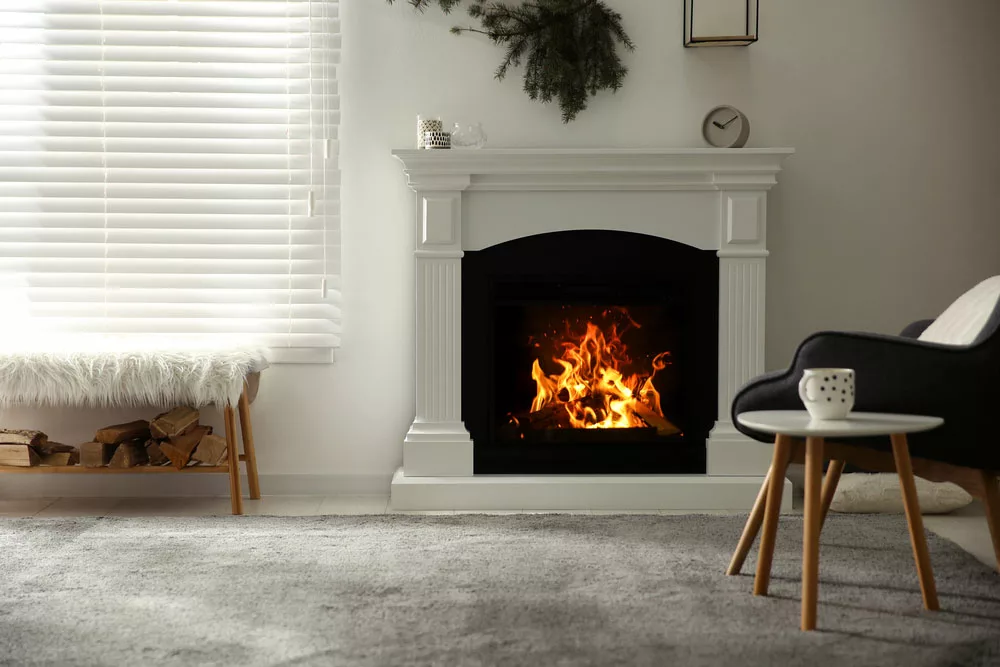
Pecan gives high-quality coals.
When you burn pecan wood, it generates great coals, which can be excellent for wood stoves.
The coals burn slowly and for a long while, giving a good quantity of heat.
Thus, we can regard pecan coals as top quality.
Smoke Production
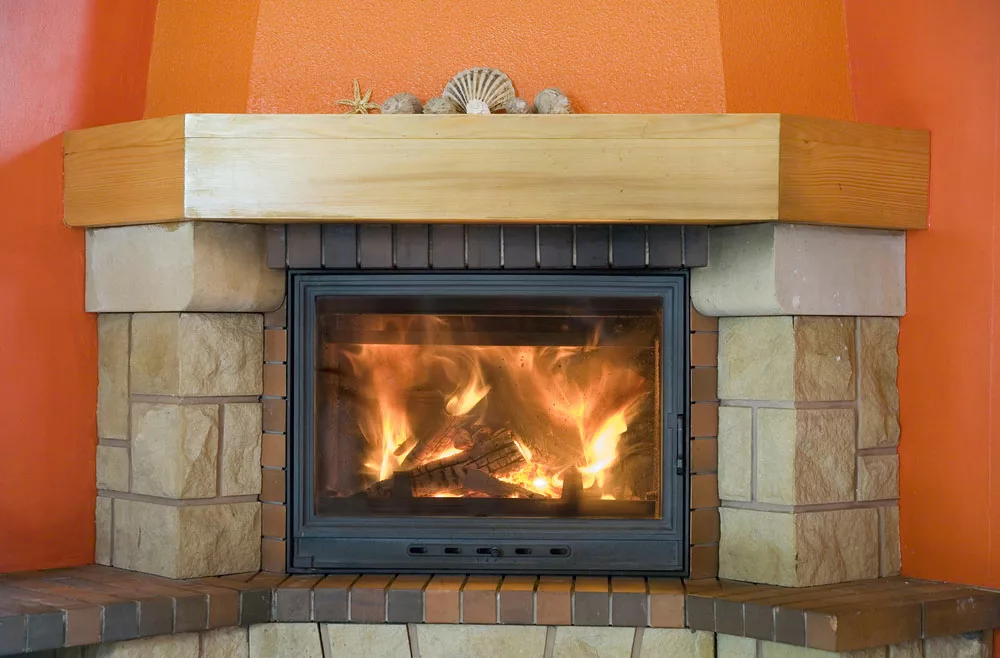
Pecan yields low smoke.
Pecan wood burns with minimal smoke output. It also has limited crackling and sparking characteristics, especially if you season the firewood well.
Thus, the wood is ideal for any indoor fireplace without a fireplace screen.
Varieties of Pecan Firewood
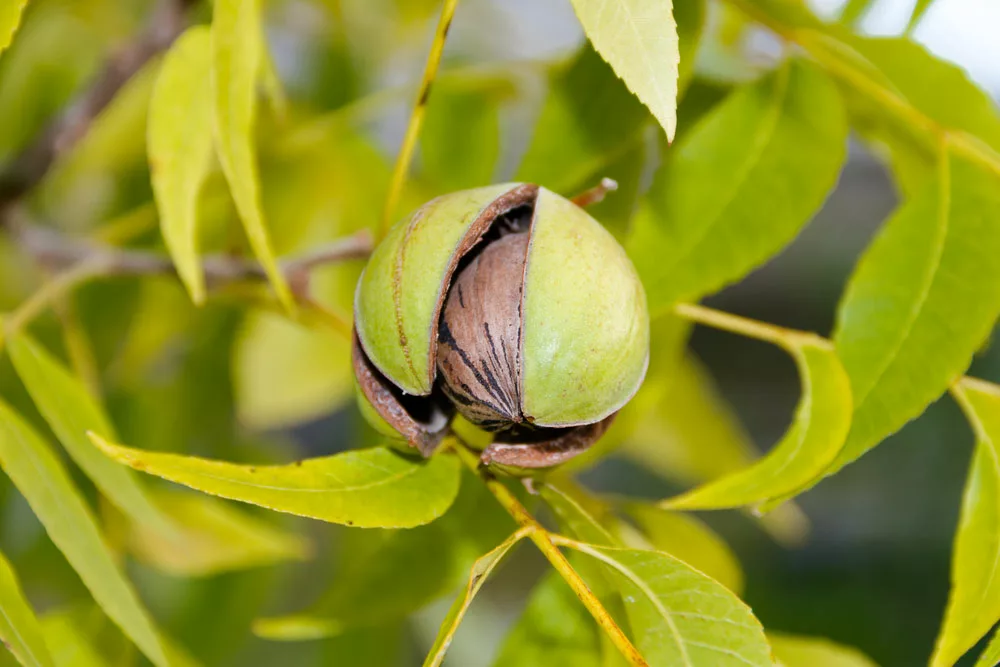
Pecan nuts in the organic garden plan.
Let’s now look at the various types of pecan firewood.
Elliot Pecan Tree
It provides a large yield of nuts and is resistant to disease.
This species does well in zones 6 through 9 and prefers full sun. Besides, the tree is popular due to its lovely foliage.
Oconee Pecan Tree
This species begins yielding its nuts upon reaching five years.
Also, it is famous for its exceptional output potential and does well in zones 6 through 9 in full sunshine.
Amling Pecan Tree
The tree requires very little care and yields nuts of excellent quality. It also grows quickly and is pest-resistant.
Besides, it can be grown in zones 5 through 9 in full sunshine.
Identification of Pecan Firewood
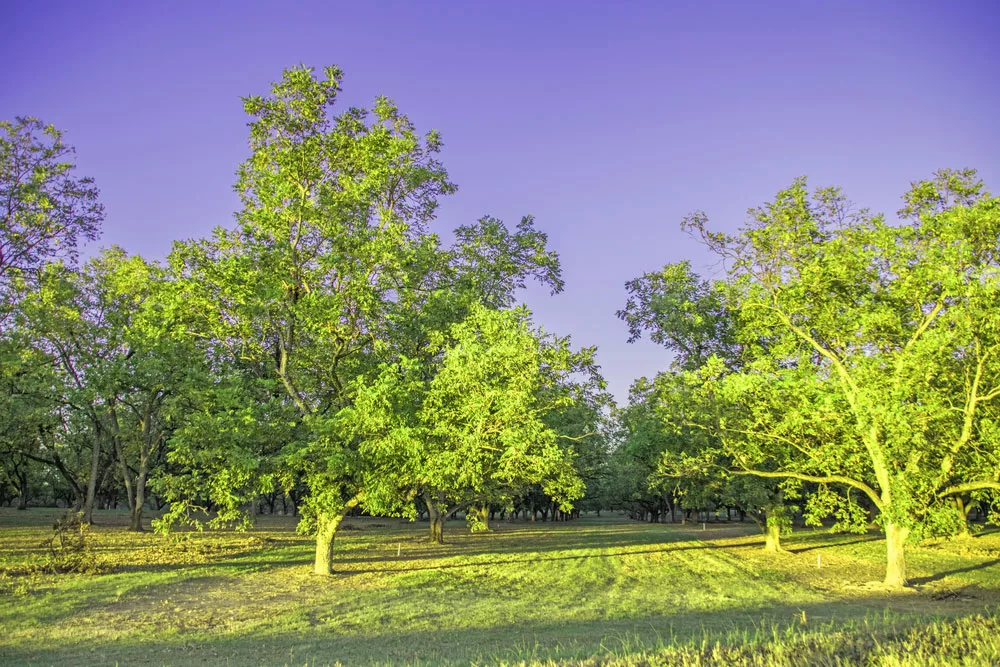
A colorful Pecan tree orchard in the south during the Fall in Georgia.
Here are ways to decipher pecan trees from other trees.
Bark
You will notice pecan-specific furrows and ridges from its bark, which are prominent.
Also, you should see a greyish color with young pecan trees, which is different from the mature ones with reddish-brown bark.
Nuts
While on the tree, its nuts are green, but when they mature, they become brown and fall off.
The nuts also feature a thin husk that divides them into four segments.
Leaves
Pecan trees feature complex leaves with flat, pointy edges.
Also, If you crush its greenish-yellow leaves in your hands, you’ll be left with a persistently good smell.
How Pelican Firewood Compares to Other Woods
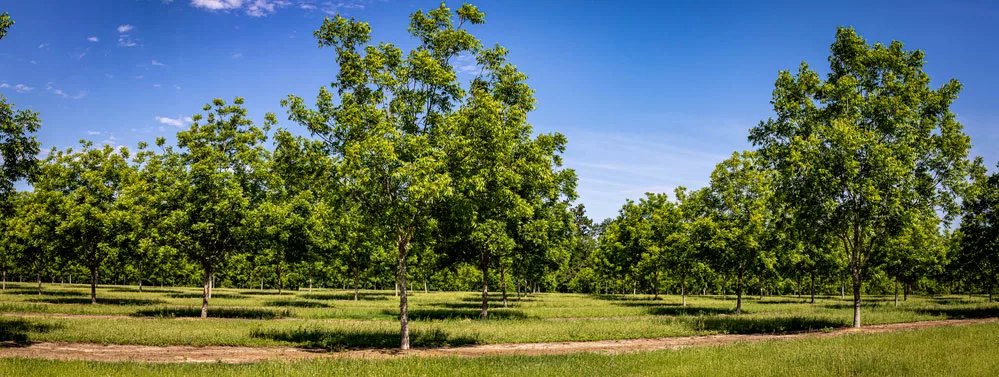
A pecan tree orchard in southeastern Georgia.
Here is how Pecan compares to other firewood trees.
| Firewood Species | BTUs yield per cord | Ease of Splitting | Coals Quality | Overall Quality |
| Poplar | 14 | Easy | Poor | Moderate |
| Green Ash | 20.0 | Easy | Good | Exemplary |
| Sycamore | 20.0 | Difficult | Good | Good |
| Maple | 25.5 | Easy | Exemplary | Exemplary |
| Bur Oak | 26.2 | Easy | Good | Exemplary |
| Pecan | 28 | Difficult | Exemplary | Exemplary |
Summary
Look no further than Pecan wood if you are looking for a cost-effective way to heat your home during winter.
It burns easily and produces clean smoke. For more, contact us, and we’ll respond promptly.
